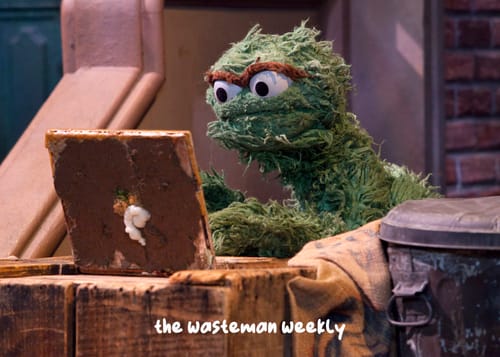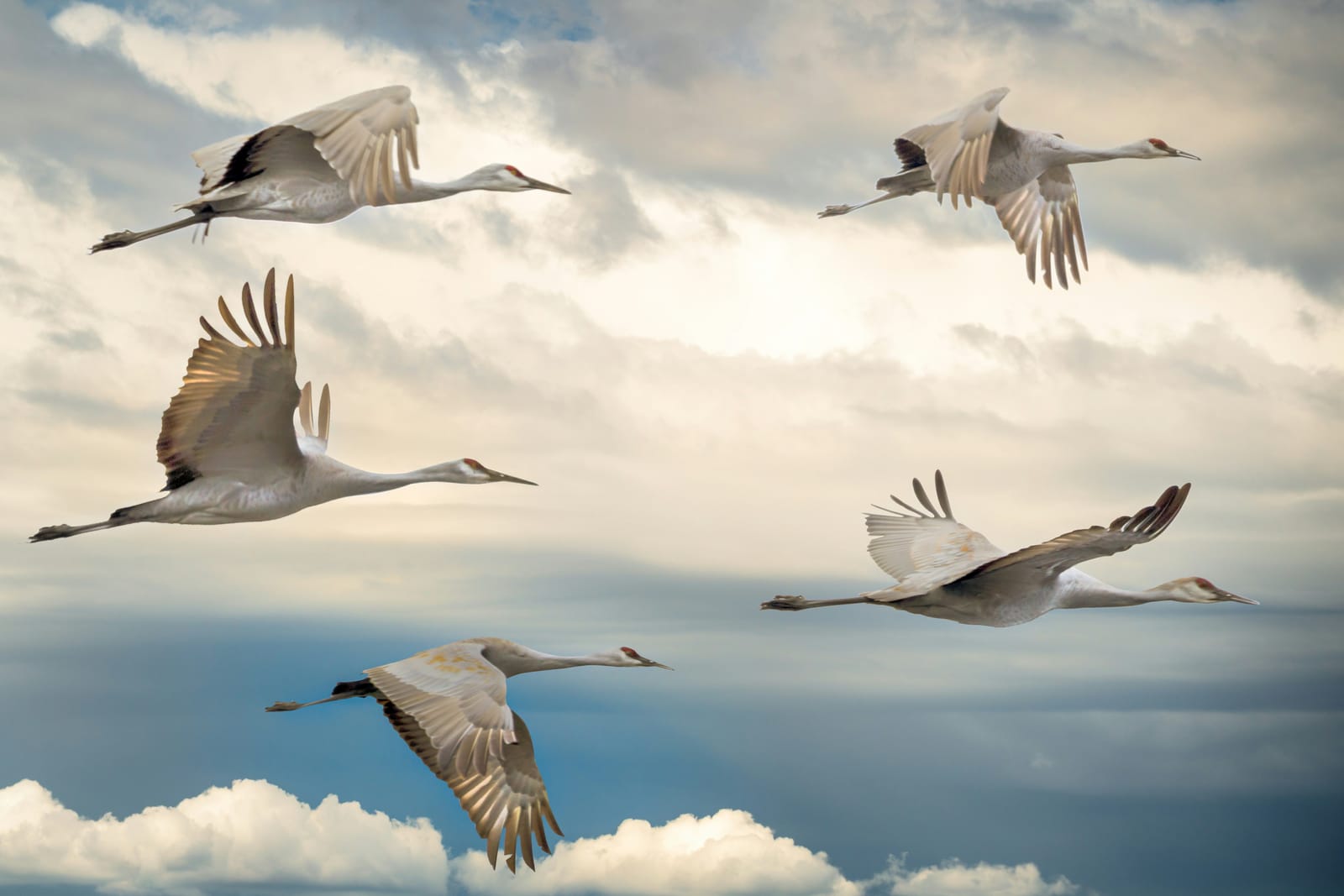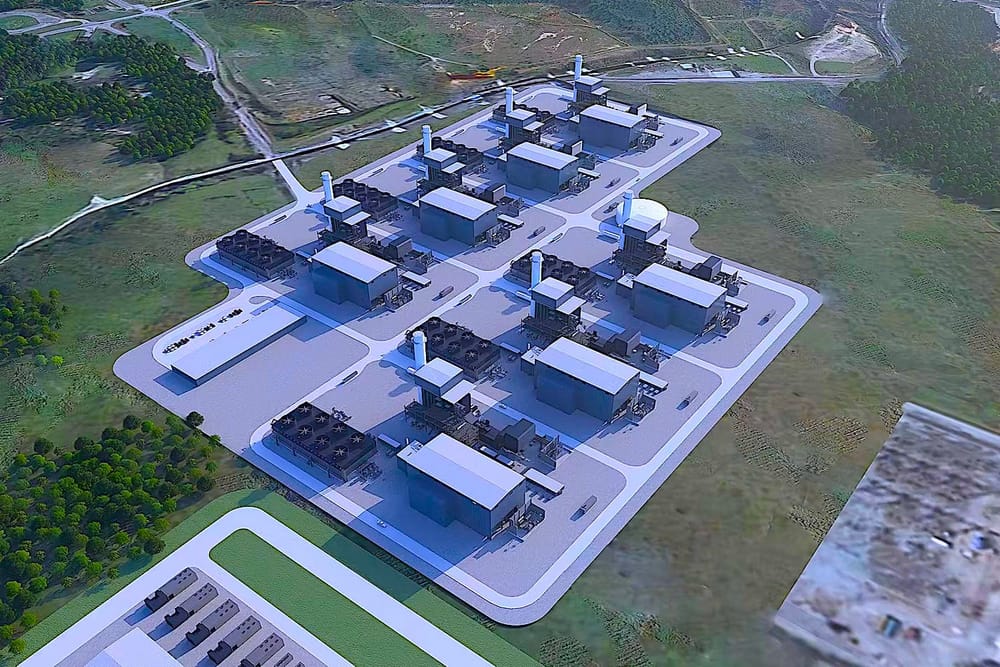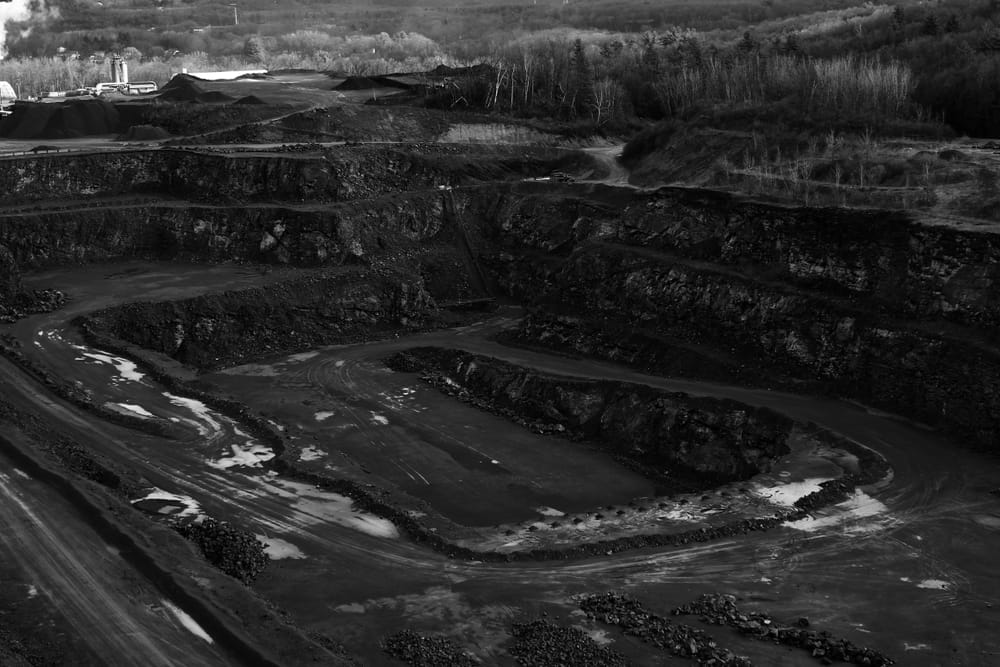Every year, mammals, birds, fish and insects make epic migrations between habitats to support their physiologic needs for survival. The most famous case you may think of is the humpback whale, that traverses over 5,000 miles in its migration trip. Migratory species hold critical roles in the natural world such as pollinators, nutrient cyclers, and predators that help keep balance in the natural world. And their decline not only threatens biodiversity but also jeopardizes natural processes that are vital to human agriculture and other economic activities.
The UN recently performed a first-of-its-kind survey of the over 1,200 migratory species listed and protected by the UN, only to find that, at our current rate, 1 in 5 are now facing extinction.
In fact, the numbers look way worse when you look into individual species:
- 70% of migratory reptiles
- and 97% of fish are in danger of going extinct
It's not them, it's us
What should come across as more alarming than the above is that humans are the cause of the two main underlying threats against these species: overexploitation, and habitat loss due to climate change. Overexploitation refers to the overhunting and overfishing of species as well as the loss, degradation, and fragmentation of ecosystems due to agricultural expansion, urban development, and disruptive infrastructure. Climate change on the other hand, exacerbates danger to wildlife by disrupting migration timings, and driving more frequent and severe weather-related events like droughts and wildfires. What makes it worse is that, much like humans, these animals often cross national borders and congregate at predictable stops along the way, increasing their chances of running into human predators, pollution, and habitat loss.
Think about like this:
Imagine there's a beautiful, untouched, prairie spanning between city A and city B. Then we decide to build a 6 lane highway for tens of thousands of 4,000 lbs vehicles to travel at high speeds every day, only for us to complain about the bees on our windshield and then wonder why we have no honey the following summer.
It's ok, we can just use more processed sugar to supplement.
What Can We Do?
Negligent development and ignorance toward established ecosystems continues to disrupt the natural flow of migratory animal species, and will eventually stop the natural processes happening every minute under your nose. It's the classic, "you don't miss it until its gone" phenomenon. So the next time you see a new mall being developed in the remote and untouched 10 acres just outside your town, I want you to stop and think about if its really needed, what it will mean for the natural ecosystem already on that land, and ask yourself if it really is for the better of your community, or just another greedy developer trying to cash in on the "opportunity of a lifetime".








